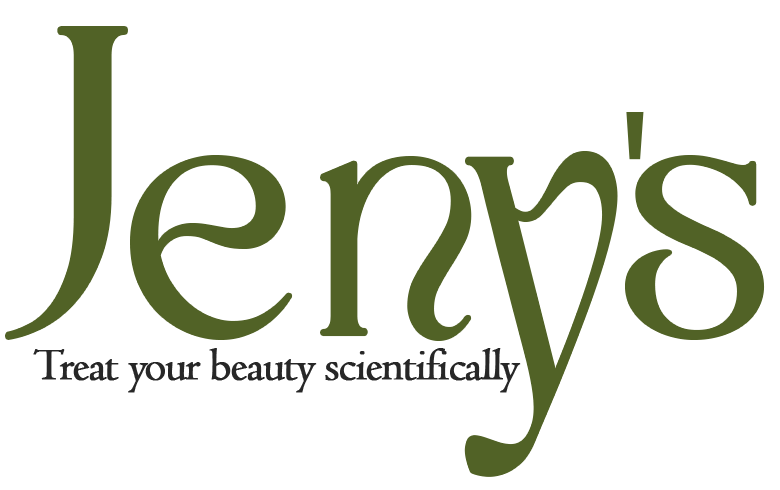
Our Skin Clinic is dedicated to providing professional skincare solutions for all skin types and concerns. We offer a range of personalized treatments, including facials, laser therapies, chemical peels, injectables, and more, all designed to enhance your skin’s health and appearance.
Services
Support
- +91 79945 75556
- official@jenysaesthetics.com
- MON - SAT : 9AM - 8PM
- Fine plaza Building, Vasanth Nagar Road, Near Kaloor stadium Metro station, Kaloor
Copyright © 2025 Jenys, All Rights Reserved. Developed by CyberFox Solutions